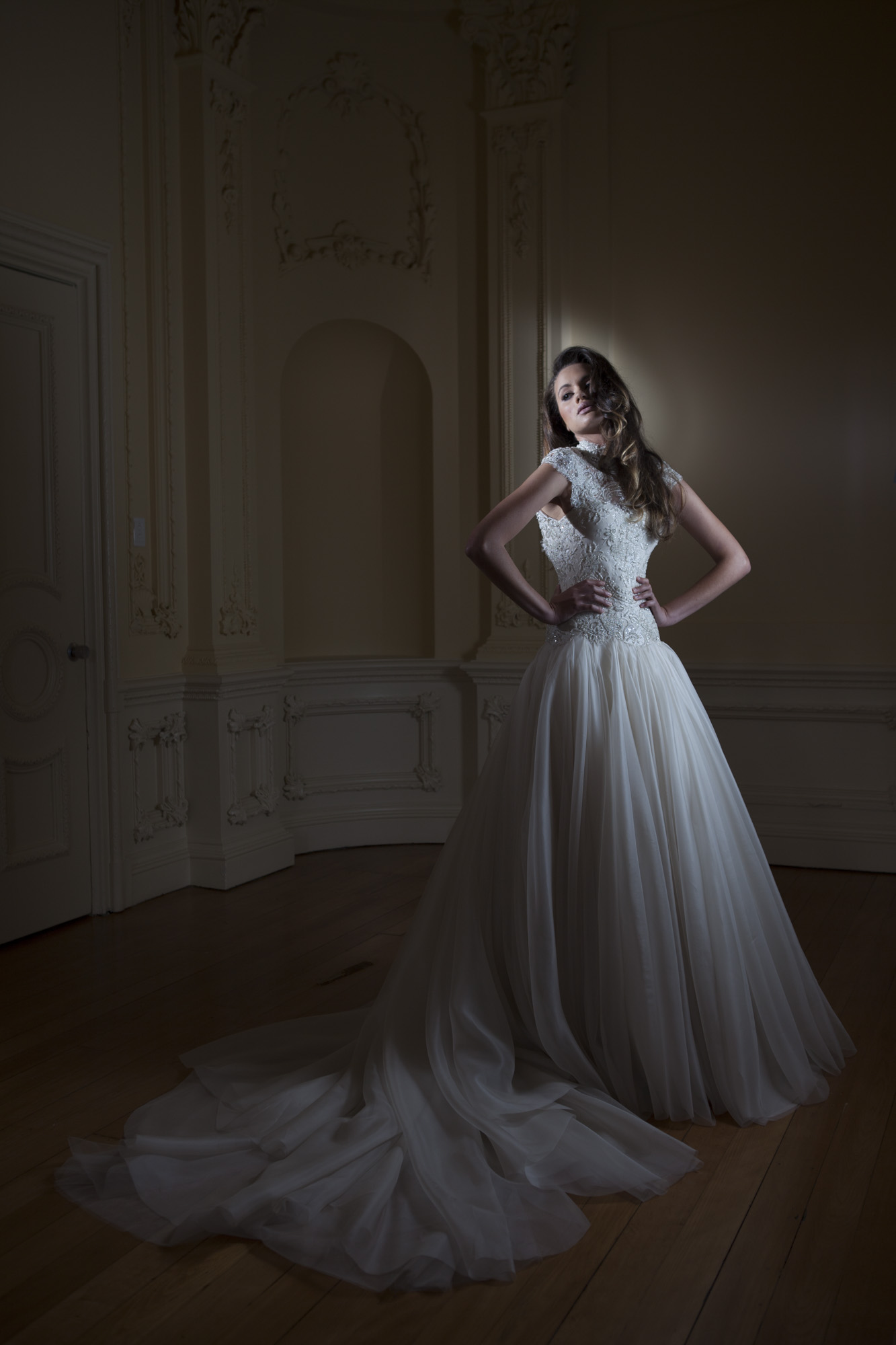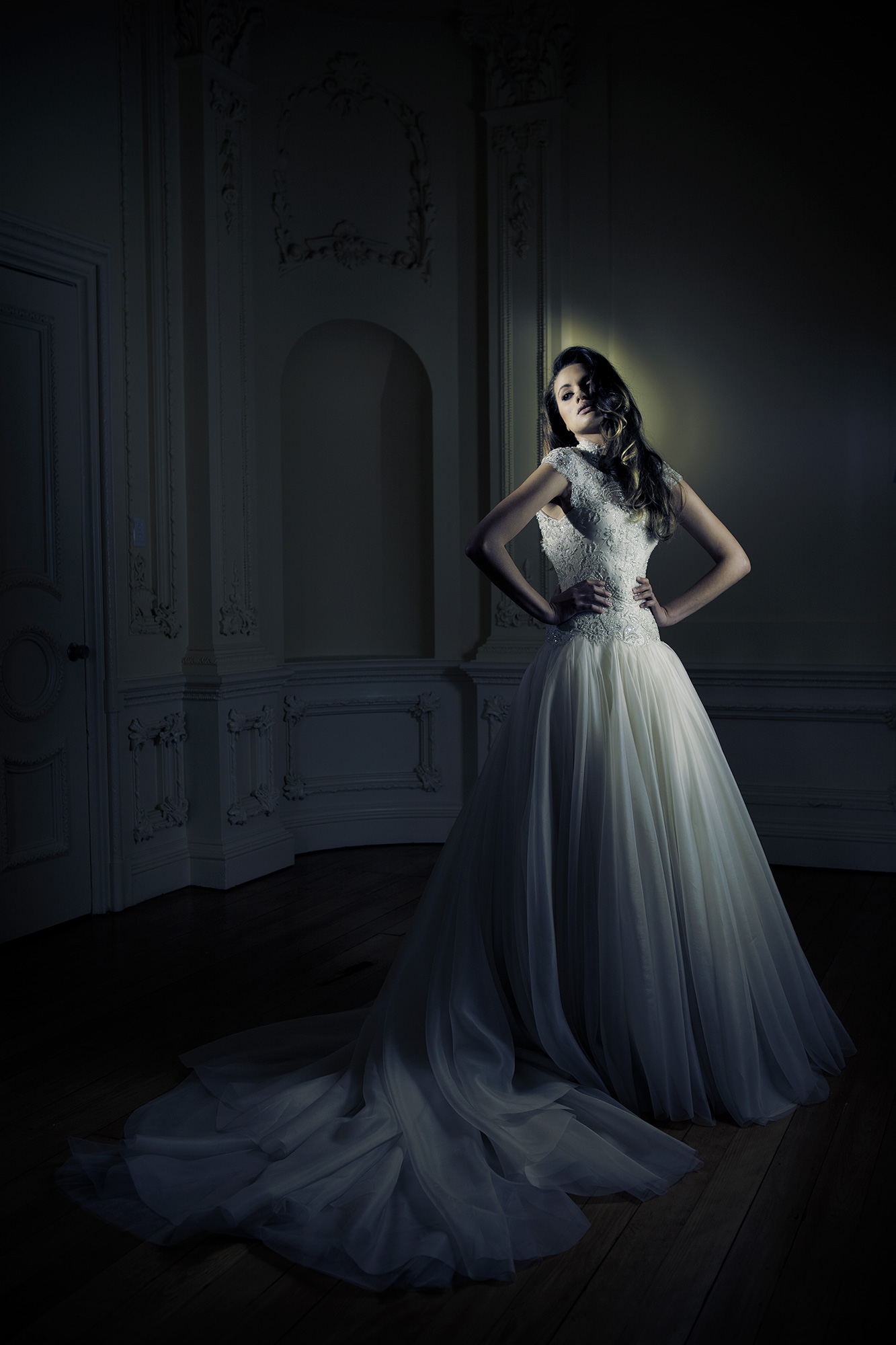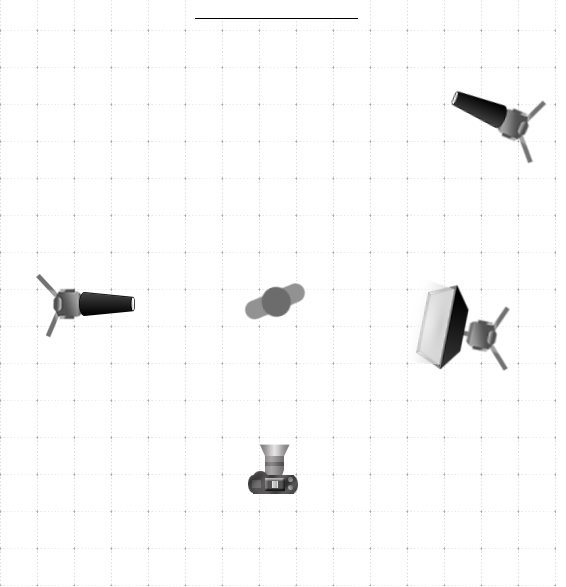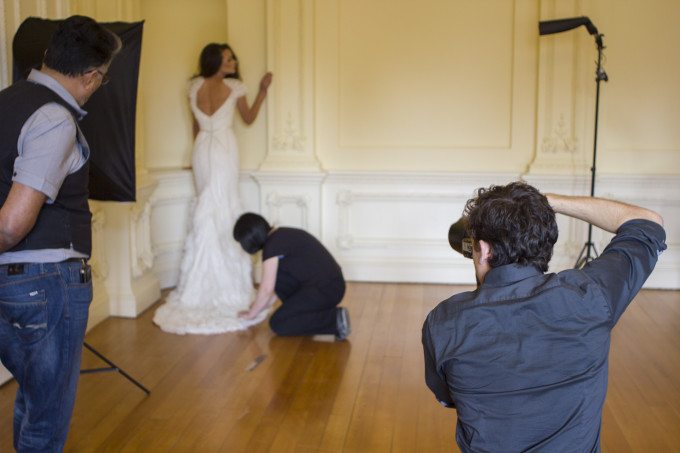Creating the Photograph is an original series where photographers teach you about how they concepted an image, shot it, and edited it. The series has a heavy emphasis on teaching readers how to light. Want to be featured? Email chrisgampat[at]thephoblographer[dot]com.
Photographer Luke Ayers has been shooting for 12 years, and 12 the age of 25, he is a full time pro photographer based in Sydney, Australia. He mostly specializes in high end product photography, but he also loves to shoot portraits with speedlights and strobe just for the fun of it. When he emailed the Phoblographer to show off some of his portrait and strobist work, he showed us an image from his first ever fashion shoot for a haute couture label.
What’s even cooler is that Luke never had any formal training.
Here’s Luke’s story. Be sure to follow him on Facebook and Twitter.
The Concept
This was an image taken on my first ever fashion shoot and was for a haute couture label in Melbourne. The concept asked for by the label designer was along the lines of a “moody, dark elegance”. The shoot was done in a large Victorian manor, which gave every shot a very classical feel and lent to the moodiness and the dresses.
The Gear
- Pocket Wizards
- Two Canon 580 EX II flashes
- Yongnuo 430
- Canon 5D MK II
- Canon 24-70mm f2.8 lens
The Shoot
We had hair, make-up and styling all taken care of, so all I needed to worry about was the lighting. I used two Canon 580EXIIs on the subject (one in a softbox on the right and the other snooted and on the left) and a snooted Yongnuo 430 for background effects on the wall. The Canon flashes were almost directly across from each other, but because of the model’s diagonal stance it didn’t quite appear that way in the finished shot which was interesting.
To be honest, I didn’t have this particular lighting setup in mind before hand. I basically just fiddled with and rearranged each flash until it looked kinda cool and then took a photo. It was my first fashion shoot so I was just aiming to create the best and most interesting looking lighting I could and was constantly playing with variety between setups.
In looking back at it now I really jumped in the deep end since I literally taught myself how to use off-camera flash THE NIGHT BEFORE THE SHOOT. It was crazy. But it was one of the best learning experiences I’ve ever had. If you ever have the opportunity to do something similar, paid or unpaid, just do it and learn, learn, learn. Everything builds upon each other and you’ll be adding to your portfolio constantly along the way.
Camera settings were 3.5f, 1/125th and ISO 100.
Post Production
Post production was very straightforward. Just fiddled with colour balances to get a cool blue/yellow hue and then used Curves to bump up the contrast. No additional retouching was done.
Before/After





